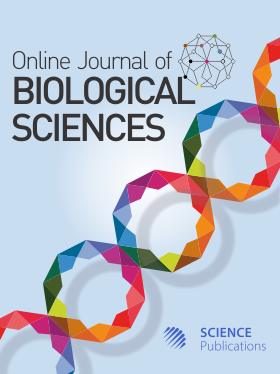The Behavior of Valencia Orange Cultivation (Citrus x sinensis (L) Osbeck cv. Valencia) in "Type Farms" in a Province in Central Jungle of Peru
- 1 Faculty of Forestry and Environmental Engineering, Universidad Nacional de Jaén, Cajamarca, Jaén, Peru
- 2 Graduate School, Universidad César Vallejo, Lima, Peru
- 3 Grupo de Investigación en Agricultura y Desarrollo Sustentable en el Trópico Peruano, Facultad de Agronomía Departamento de Fitotecnia, Universidad Nacional Agraria La Molina, Lima, Peru
- 4 Grupo de Investigación en Agricultura y Desarrollo Sustentable en el Trópico Peruano, Facultad de Agronomía Departamento de Fitotecnia, Universidad Nacional Agraria La Molina, Lima, Peru
- 5 Faculty of Education. Universidad Nacional Federico Villarreal, Lima, Peru
- 6 Educational Institute 16001 Ramón Castilla y Marquezado, UGEL Jaén, Cajamarca, Jaén, Peru
- 7 Faculty of Law and Political Sciences, Universidad Nacional de Trujillo, Peru
Abstract
The objective of research was to evaluate behavior of Valencia orange crops in "type farms" in the province of Chanchamayo, Junín, Peru. This research was carried out with the aim of knowing the behavior of Valencia orange crops in "type farms" in the province of Chanchamayo, Junín, Peru. The study was carried out in Chanchamayo, Junin Region, between January and December 2016. There were selected four "types of farming" (FT1, FT2, FT3, FT4), with plants of ten years of age. A "type of farming" was selected at random. In each "type farm", soil samples were taken and 50 plants were selected. Variables evaluate were: The chemical characteristics of the soil, incidence of pests and diseases, fruit quality (weight, diameter, and brix), and yield. For statistical analysis, each "type farm" was considered as a treatment and each plant as a repetition (4 treatments with 50 repetitions) and worked as if it were a Completely Randomized Design (CRD). The results showed that the behavior of the Valencia orange was better in the FT2, this "type farm" had the lowest incidence of pests and diseases, the best fruit quality, and the highest yield; but it is also the one that receives the highest investment. A low incidence of pests and diseases was observed, which suggests good phytosanitary management of the crop. The weight and diameter of the fruit varied with time. Fruits with the greatest weight and diameter corresponded to FT2 farming.
DOI: https://doi.org/10.3844/ojbsci.2023.307.312

- 4,067 Views
- 2,181 Downloads
- 2 Citations
Download
Keywords
- Citrus
- Valencia Orange
- Yield
- Quality
- Pests
